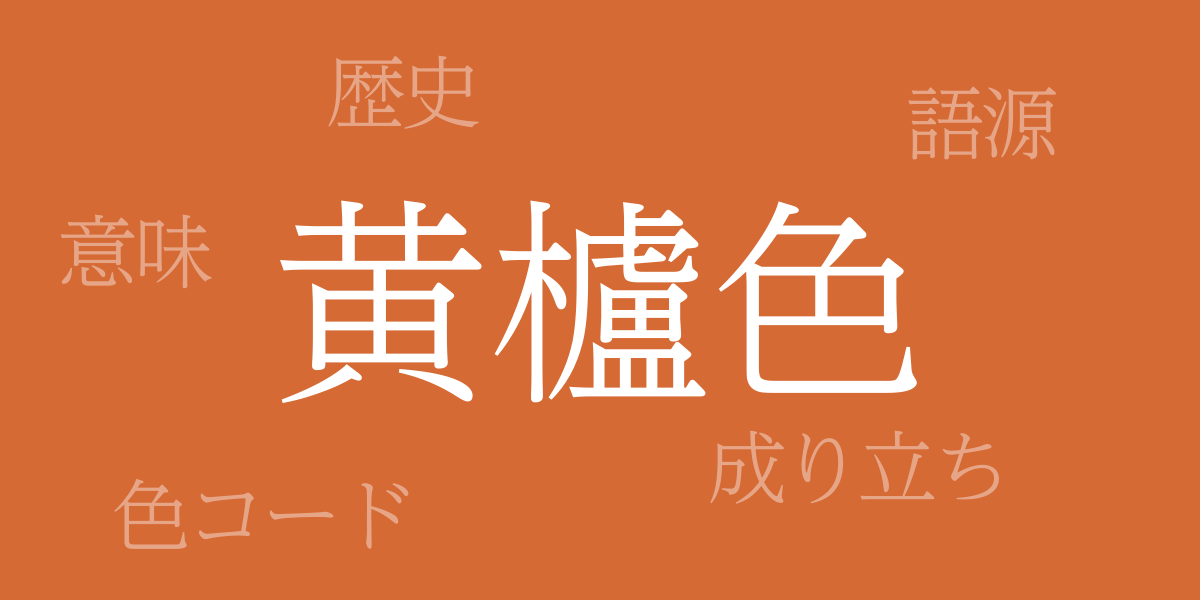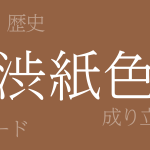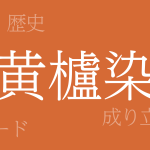Color is a vivid language that sways emotions and reflects culture. One of Japan’s traditional colors, “Hajiiro” (黄櫨色 – はじいろ), embodies the deep history and rich culture of Japan, captivating many. This article delves into the allure of Hajiiro, exploring how this color is intertwined with Japanese traditions.
About Hajiiro (黄櫨色 – はじいろ)
Hajiiro (黄櫨色 – はじいろ) is a subdued reddish-brown that evokes the Japanese autumn. The name derives from the sumac tree, known as “hou” (櫨), whose fruits and leaves are used to create dyes for this distinctive shade. Found in traditional Japanese garments and paintings, this color reflects the Japanese aesthetic and their reverence for nature.
The History of Hajiiro
Hajiiro has been used since the Heian period and was cherished in aristocratic society, symbolizing class and the autumn season. It also gained popularity among samurai and commoners in the Edo period, frequently used in kimonos and everyday items.
Color Codes for Hajiiro
In modern times, these color codes are used to replicate Hajiiro in design and art:
- HEX: #D66A35
- RGB: R:214 G:106 B:53
- CMYK: C:19 M:71 Y:83 K:0
Western Name for Hajiiro
The Western name for Hajiiro is ‘Russet’. Russet, a type of reddish-brown color, reminds one of ripe apples and autumn leaves, making it an apt description for Hajiiro’s natural warmth and tranquility.
Conclusion on Hajiiro
With its warm hues and historical significance, Hajiiro holds a special place as a traditional Japanese color. Still favored in the realms of fashion and art, it continues to embody Japanese culture both domestically and internationally. Understanding its deep meanings and history allows us to appreciate Hajiiro even more profoundly.

























